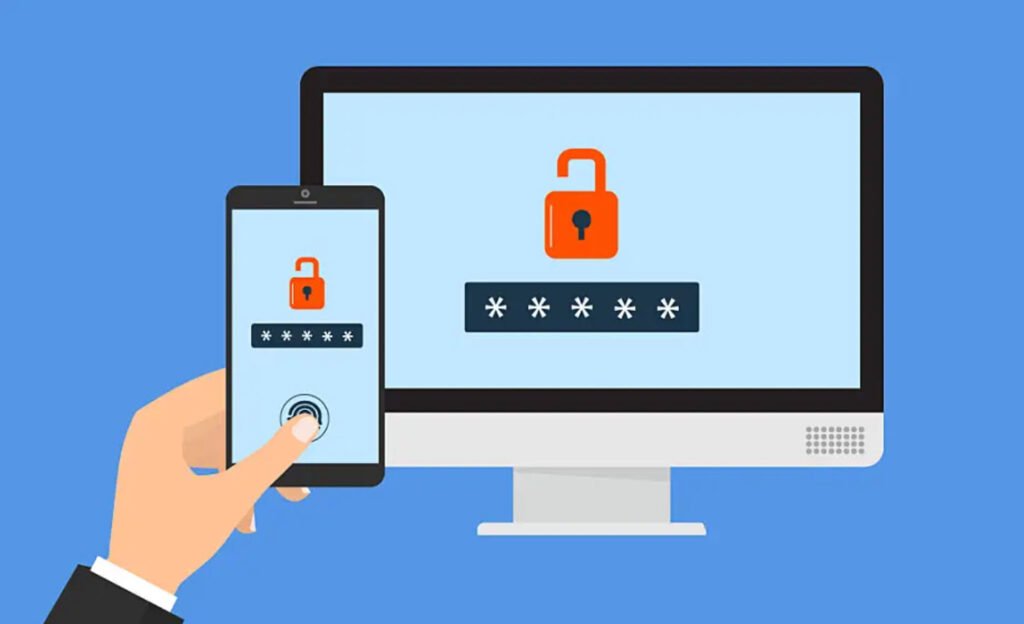
In an era where digital assets are more valuable than ever, authentication serves as the gatekeeper to safeguarding sensitive information and resources. However, not all authentication mechanisms are created equal. Authentication vulnerabilities are chinks in the armor of an application’s security, leaving it exposed to malicious actors.
Let’s check the several types of authentication vulnerabilities and explore how they can jeopardize the security of applications and data.
1. No Authentication
- Issue: Allowing unrestricted access to a web application is akin to leaving the front door wide open. It grants every Internet user access, making it effortless for malicious individuals to compromise the system.
- Solution: Implement robust authentication mechanisms. Ensure that users must prove their identity before gaining access to sensitive data or functionalities. Employ techniques such as password-based authentication, multi-factor authentication (MFA), or biometric verification to bolster security.
2. Brute-Force Attacks
- Issue: In a brute-force attack, hackers systematically guess usernames and passwords until they stumble upon the correct combination. Once successful, they gain unauthorized access to an account.
- Solution: Implement account lockout policies to thwart brute-force attacks. After a certain number of failed login attempts, lock the account temporarily or permanently. Additionally, employ CAPTCHA challenges or delay mechanisms to deter automated brute-force attacks.
3. Account Enumeration
- Issue: Account enumeration involves determining whether a specific username exists within the application. Hackers can leverage this information in conjunction with a brute-force attack to identify valid accounts. Some applications inadvertently disclose that a username was correct but the password was incorrect during a failed login attempt.
- Solution: Provide generic error messages. Ensure that failed login attempts display the same error message, whether the username exists or not. This prevents hackers from distinguishing between valid and invalid usernames.
4. Insecure Back-End Authentication
- Issue: Web applications often interact with back-end databases or other systems for data retrieval or single sign-on capabilities. Improper handling of these interactions, such as exposing sensitive information through query strings or single sign-on implementations, can lead to vulnerabilities.
- Solution: Secure back-end connections. Employ encryption and proper access controls to protect data transmitted between the web application and back-end systems. Ensure that only authorized users can access sensitive data.
5. Browser Caching
- Issue: Inclusion of usernames and passwords in query strings or improper handling of caching can expose sensitive information. Malicious actors can retrieve this data from a browser’s cache.
- Solution: Disable caching of sensitive information. Ensure that sensitive data, such as authentication tokens or credentials, are not stored in a browser’s cache. Implement secure session management to mitigate this risk.
6. Password Hash Sniffing
- Issue: Weak encryption of traffic can allow hackers to intercept password hashes from the network. HTTP Digest Authentication is an example of an encoding scheme that, when not properly secured, can result in easily cracked password hashes.
- Solution: Use strong encryption protocols like HTTPS to protect data in transit. Implement secure authentication methods that do not expose password hashes to potential sniffing attacks.
In conclusion, understanding and mitigating authentication vulnerabilities is paramount in the battle against cyber threats. Robust authentication mechanisms, proper error handling, secure data transmission, and diligent security practices are essential to fortify your application’s defenses.
By addressing these vulnerabilities proactively, organizations can enhance their security posture and protect valuable data from falling into the wrong hands. Remember, in the world of cybersecurity, vigilance and preparedness are your best allies.
You may also like:- How To Fix the Crowdstrike/BSOD Issue in Microsoft Windows
- MICROSOFT is Down Worldwide – Read Full Story
- Windows Showing Blue Screen Of Death Error? Here’s How You Can Fix It
- A Guide to SQL Operations: Selecting, Inserting, Updating, Deleting, Grouping, Ordering, Joining, and Using UNION
- Top 10 Most Common Software Vulnerabilities
- Essential Log Types for Effective SIEM Deployment
- How to Fix the VMware Workstation Error: “Unable to open kernel device ‘.\VMCIDev\VMX'”
- Top 3 Process Monitoring Tools for Malware Analysis
- CVE-2024-6387 – Critical OpenSSH Unauthenticated RCE Flaw ‘regreSSHion’ Exposes Millions of Linux Systems
- 22 Most Widely Used Testing Tools








